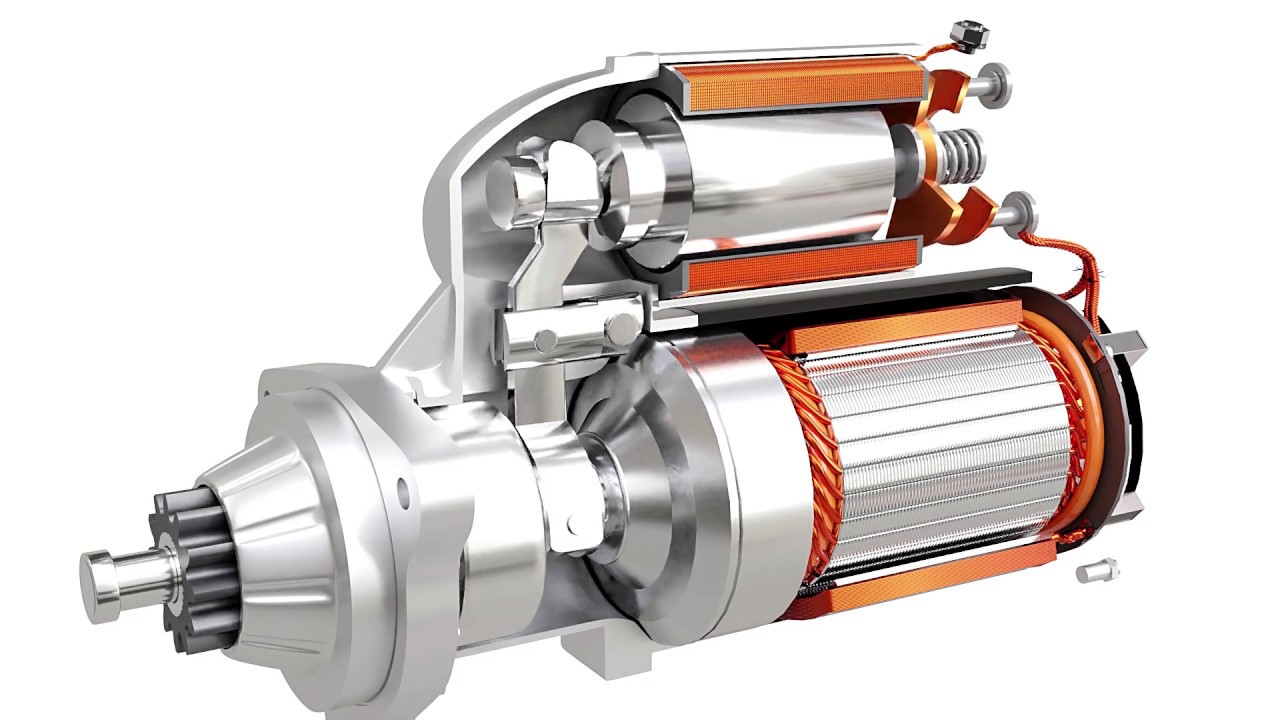Starter Solenoid Valve Fault

Make sure that the pressure of the medium passing through the solenoid valve does not exceed the maximum pressure rating of the valve. Pilot operated solenoid valves and assisted solenoid valves also have a minimum pressure rating that must be met for the valve to function properly. The valve pressure rating can be found on the I.D. disc placed on the top of the armature tube and usually measured in bars.
Deformation of diaphragms, seals and O-rings can be caused either by the temperature of the medium or the temperature of the environment, which is outside the set temperature of the valve. A change in the color of the components can also mean that the temperature class has been exceeded.
Sediment or particles entering the valve can affect valve operation. Contamination of the seals and diaphragms in this way can cause the valve to not close completely. If the valve is leaking, it means dirt or foreign bodies are blocking the valve shape properly. Contamination can also block the openings leading to valve failure.
Corrosion of the metal parts of the solenoid valve or damage to the seals and diaphragms can be caused by a compatibility problem with the medium and the valve/seal materials. Media impurities can also lead to this type of failure.
